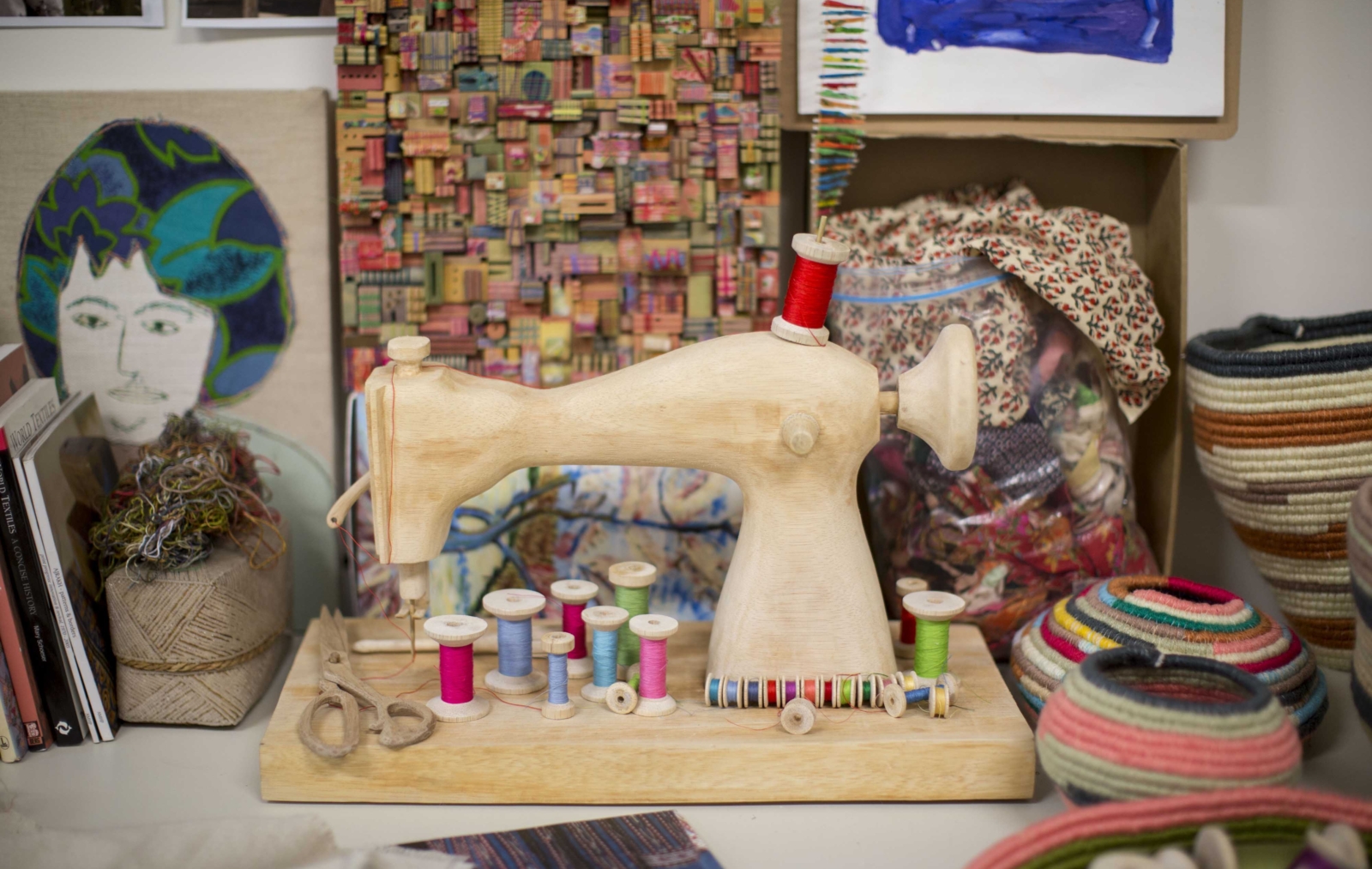
The art of ‘slow stitching’
Hanging by a thread, weaving in and out of traffic, spinning a yarn – the English language is full of metaphors borrowed from the textile arts. Textiles have been with us since the beginning of human time for warmth, decoration and as a means of telling stories. Working with textiles not only demands patience and time, but also requires a sense of mindfulness. In today’s fast-paced world, our lives have become a race against the clock – our fingers always tapping, typing or swiping and our minds always focused on the end result.
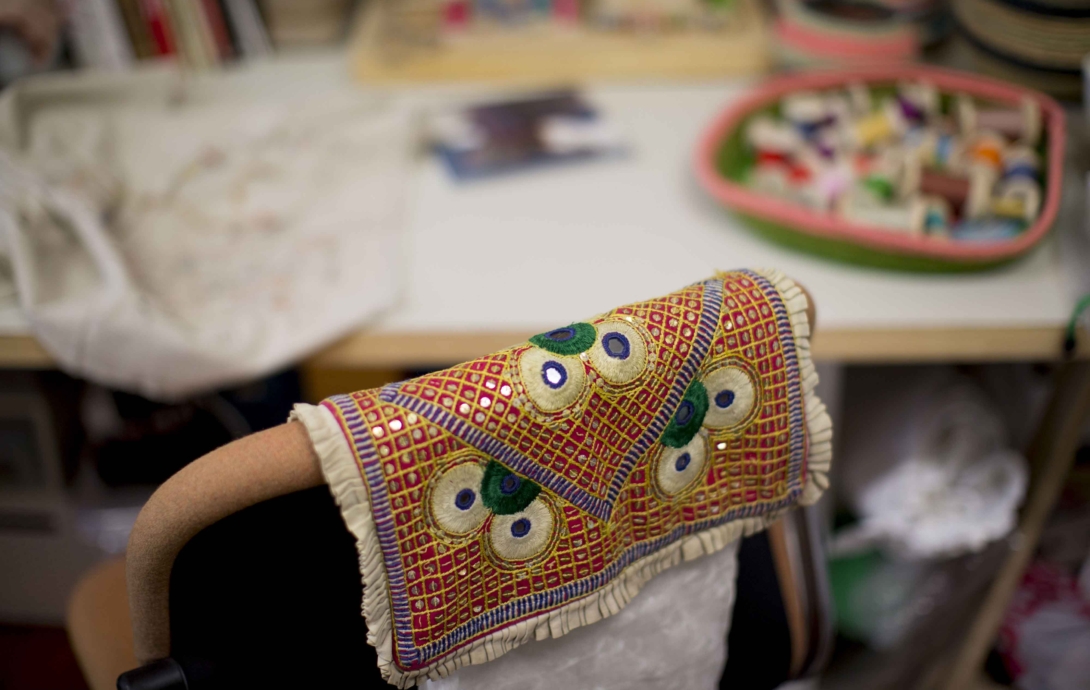
Over the last few years, we have seen a robust resurgence of traditional pastimes including knitting, embroidery, weaving, macrame and quilting. Traditionally relegated to the domestic realm and commonly considered as ‘women’s work’, the sentiment toward textile arts has shifted. This is evident by a recent increase of textile-based art workshops popping up across Sydney.
Lorna Murray is a Sydney-based textile artist, lecturer and teacher who is conducting ‘mindful stitching’ workshops out of her Redfern studio. Rather than focusing on techniques and the end result, her workshops approach stitching as a means of personal meditation. Students are forced to slow down and switch off from all technology. “It is not about escaping reality, but taking time out from it. I want my students to be engaged in the process – there is no need to plan, validate or prove themselves… many students find it difficult to let go of perfection and precision for something more playful, expressive and raw,” Lorna says.
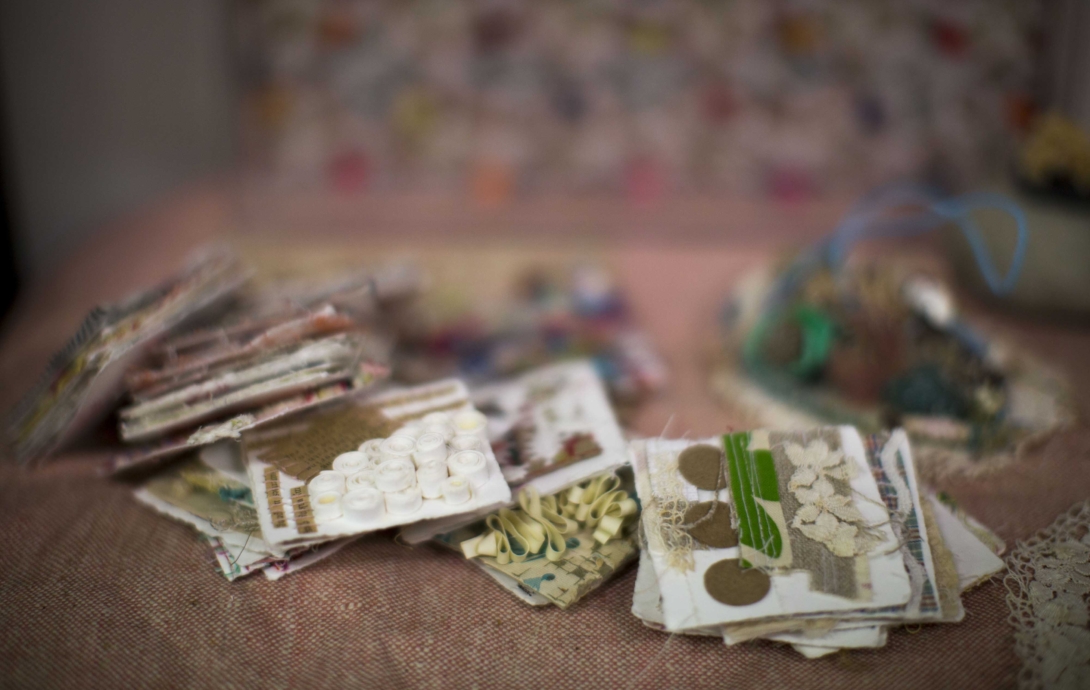
Given the fast-paced nature of our technologically-crazed society, this revival of textile arts comes as no surprise. The slow and often repetitive nature of textile arts, leads to a stillness of the mind and body – something which is so rare in our busy lives. It allows us to feel connected with our ancestors, ancient traditions and to the present moment. Perhaps, our appreciation of process-orientated pursuits grows stronger as the pace of life and technology grows ever faster. For example, the meditative quality of weaving, contrasts to the multitasking chaos we are faced with on a daily basis. When your hands are weaving… they can’t be doing much else.
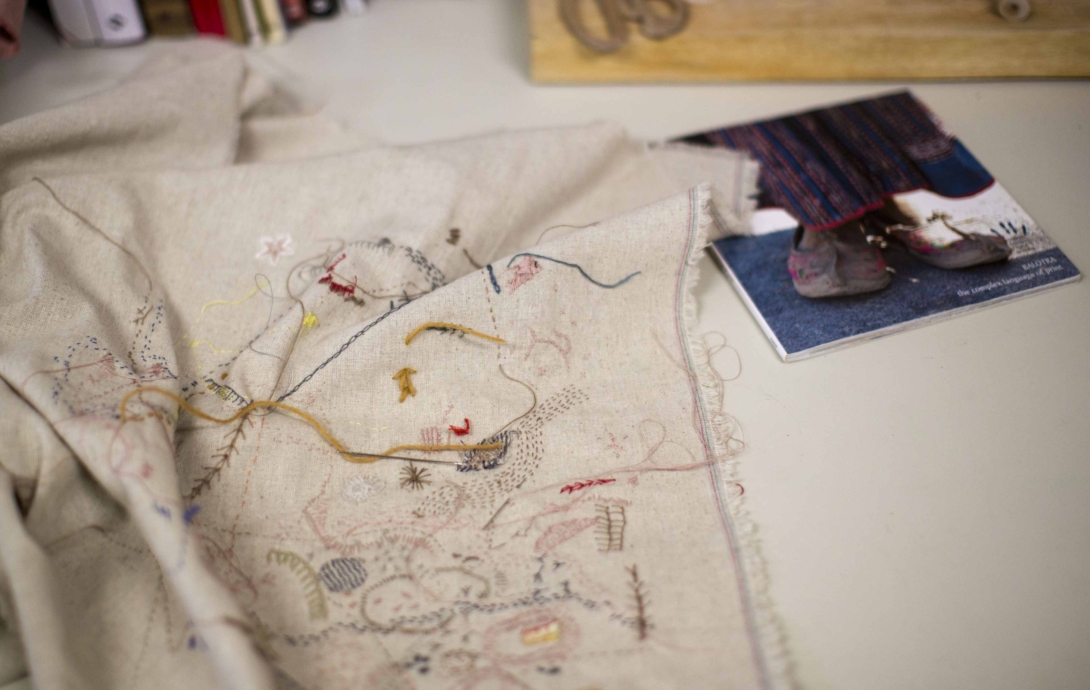
“Textile art also celebrates the tactile. In today’s world we are so focused on the visual, that we often forget about our sense of touch. By using yarn, threads and fibres to create works of art we are stimulating our touch” Lorna Murray says.
Textile arts have existed for thousands of years across many cultures and countries. It is important to acknowledge that still today in many parts of the world, the process of creating textiles is tied to practical and functional outcomes. For many, it is viewed as a way of escaping the clutches of poverty. Entire villages in Gujurat, India are dedicated to creating woven rugs and textiles to satisfy foreign demand. Whilst technology and machine weaving is a threat to ancient artisanal skills, it is thanks to the global demand for high-quality handmade textiles that are keeping these old-world weaving techniques alive.
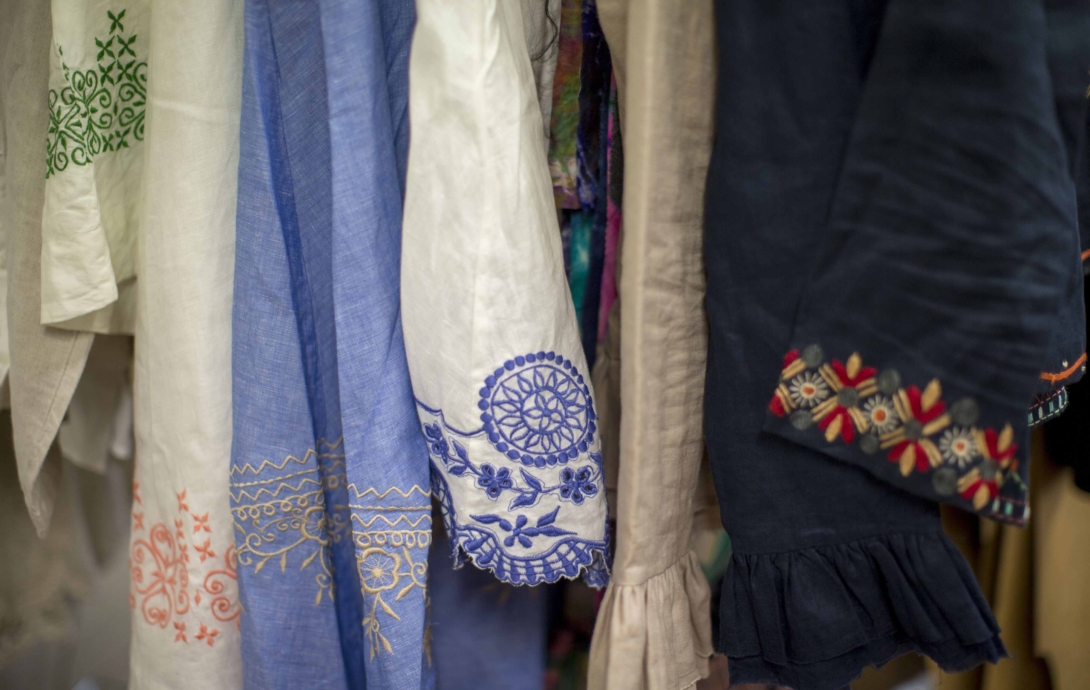
In contrast, this renewed interest in textile arts within our society seems to be predominantly driven by our collective desire to stop, slow down and reflect. Lorna has noticed an increase in men attending her ‘mindful stitching’ workshops. “Quite a lot of my students are men in their 30s – they are fit, healthy and successful in their careers, but they want to switch off and enjoy creating in an environment that is not judgmental or focused results,” she says. This aligns with the idea of textile arts being a natural extension of our urge to make things from scratch.
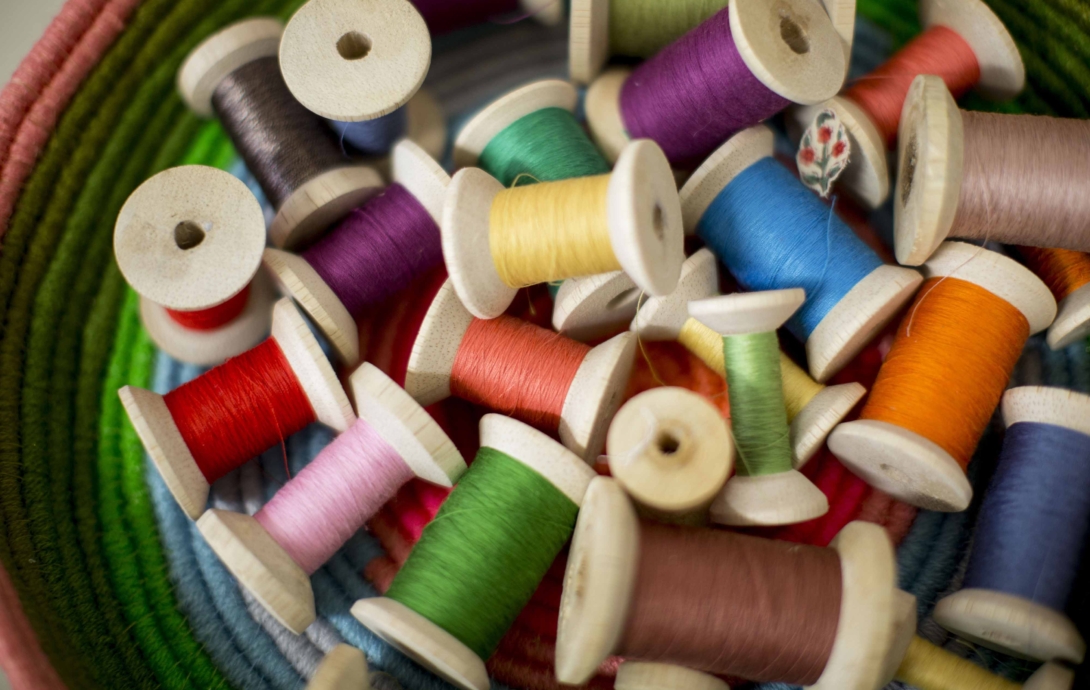
The beauty of mindful stitching is that it does not discriminate. Anyone can do it. So next time you are feeling burnout and stressed, perhaps consider signing yourself up for a mindful stitching workshop – it will slow you down and keep the seams together – literally as well as metaphorically.



